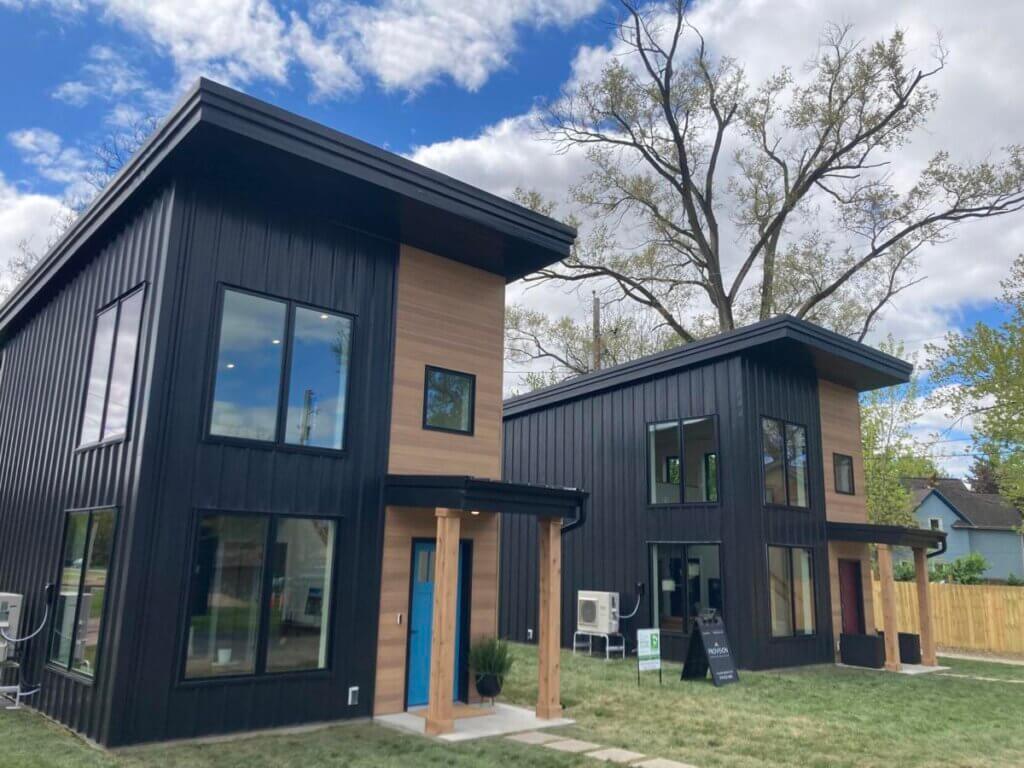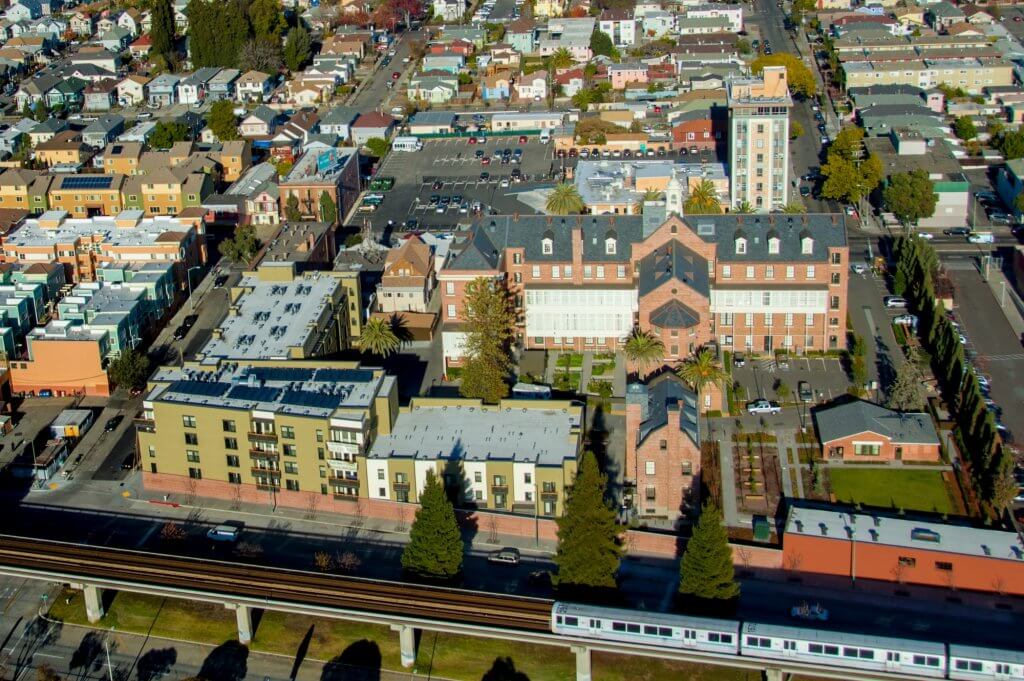Built-Out Cities? How California Cities Restrict Housing Production through Prohibition and Process
Published On February 10, 2020
By Paavo Monkkonen, Michael Lens, and Michael Manville, UCLA
This paper is part of a working paper series that utilizes the Terner Center California Residential Land Use Survey to assess the implications of California’s state and local policies for housing. Read the full paper here.
Despite high housing prices and rents in California, housing production is stagnant. A body of evidence credits this contravention of expectations in large part to land use regulations, finding that local restrictions limit new development and push housing prices up. If this is the case, the next question for researchers and policymakers aiming to lower the cost of housing is: which regulations have the most impact on housing supply?
In this paper, we draw on data from the Terner California Residential Land Use Survey and a new data set of cities’ self-reported zoned capacity, pulled from 540 Housing Elements (HE) of California cities’ General Plans. We use these data to construct two indexes that allow us to consider the relationship between different types of regulations on new housing supply. The process index measures the restrictiveness of regulations on the steps developers must take once they start a project, such as the number of parking spaces they must provide or the number of hearings they must attend. The prohibition index gauges the restrictiveness of regulation that affects the ability to start a project, including the amount of land zoned to allow housing development and whether that development is restricted to single-family homes. A third measure uses the HE data to capture a city’s underlying attitudes towards development, based on their self-reported estimate of their “feasible capacity” to build housing.
Using this approach, we find the following:
Cities that permit more housing have several characteristics in common.
Cities that permitted more housing between 2013 and 2017 were larger, wealthier and located further away from jobs than the average city. They zoned for more housing and had fewer regulatory prohibitions, but they also had more onerous development processes—or at least they think they did.
Controlling for important features of cities like rents and job accessibility measures, the rate of housing production is strongly linked to local regulatory prohibitions and zoned capacity.
Cities with more regulatory prohibitions on housing permitted fewer units. Cities with a higher zoned capacity for new housing permitted more units; and these effects remain significant across our models.
Multifamily housing production is especially sensitive to regulatory prohibitions.
Reviewing the effect of regulations on multifamily development specifically, we found a strong and statistically significant negative relationship between prohibitions on development and new multifamily development, even stronger than the association between prohibitions and housing development generally.
However, cities with more onerous regulatory processes—as measured by our process index—did not permit less housing.
Burdensome regulatory processes were not statistically associated with housing production generally, and cities with more onerous processes actually permitted more multifamily units. One caveat, and explanation for these findings is that, in cities with little demand for new development, planners may be less likely to report processes as a constraint on new housing in a survey.
Our most consequential finding is that zoned capacity and regulatory prohibitions matter much more in expensive cities.
In cities with higher rents, an increase in zoned capacity or a loosening of regulatory prohibitions is associated with a much greater increase in permitting than in cities with low rents. Conversely, cities with lots of space and lax rules but low rents do not permit much housing.
Policy Implications
Our results build on research like that of Murray and Schuetz’s Working Paper (2019), which found that cities in California “with more expensive rent in 2012 did not build more apartments in subsequent years.” California’s expensive cities have a median population density per mile of 2,940, compared to the overall median in the state of 3,570. Our research implies that increasing the zoned capacity of expensive cities (and the high-rent neighborhoods of those cities) could have a particularly strong impact on new housing supply. In a state that is increasingly moving towards implementing housing production targets through its Regional Housing Needs Allocation (RHNA) process, our research highlights zoning reform in expensive cities as a key tool to meeting California’s housing goals.





